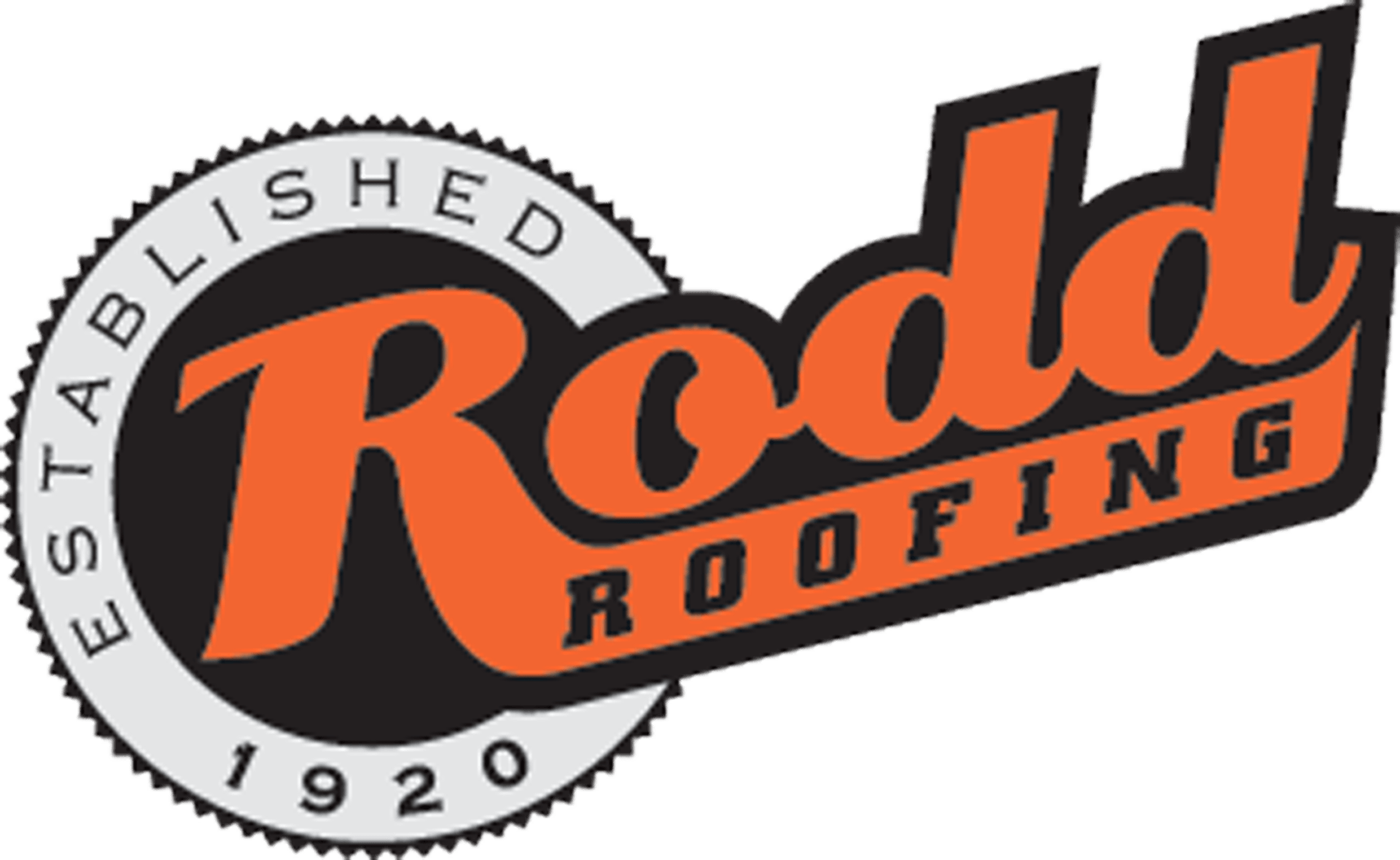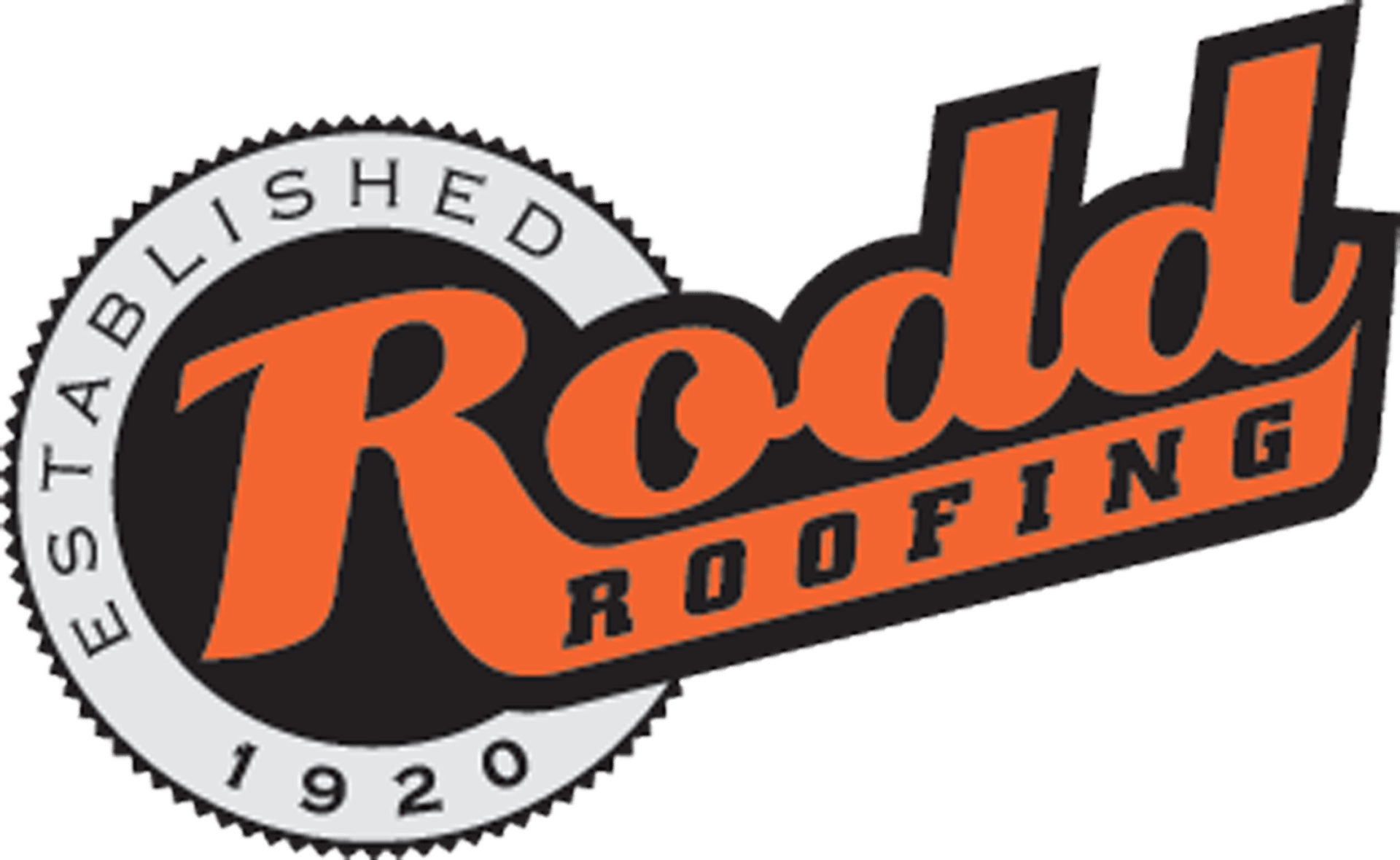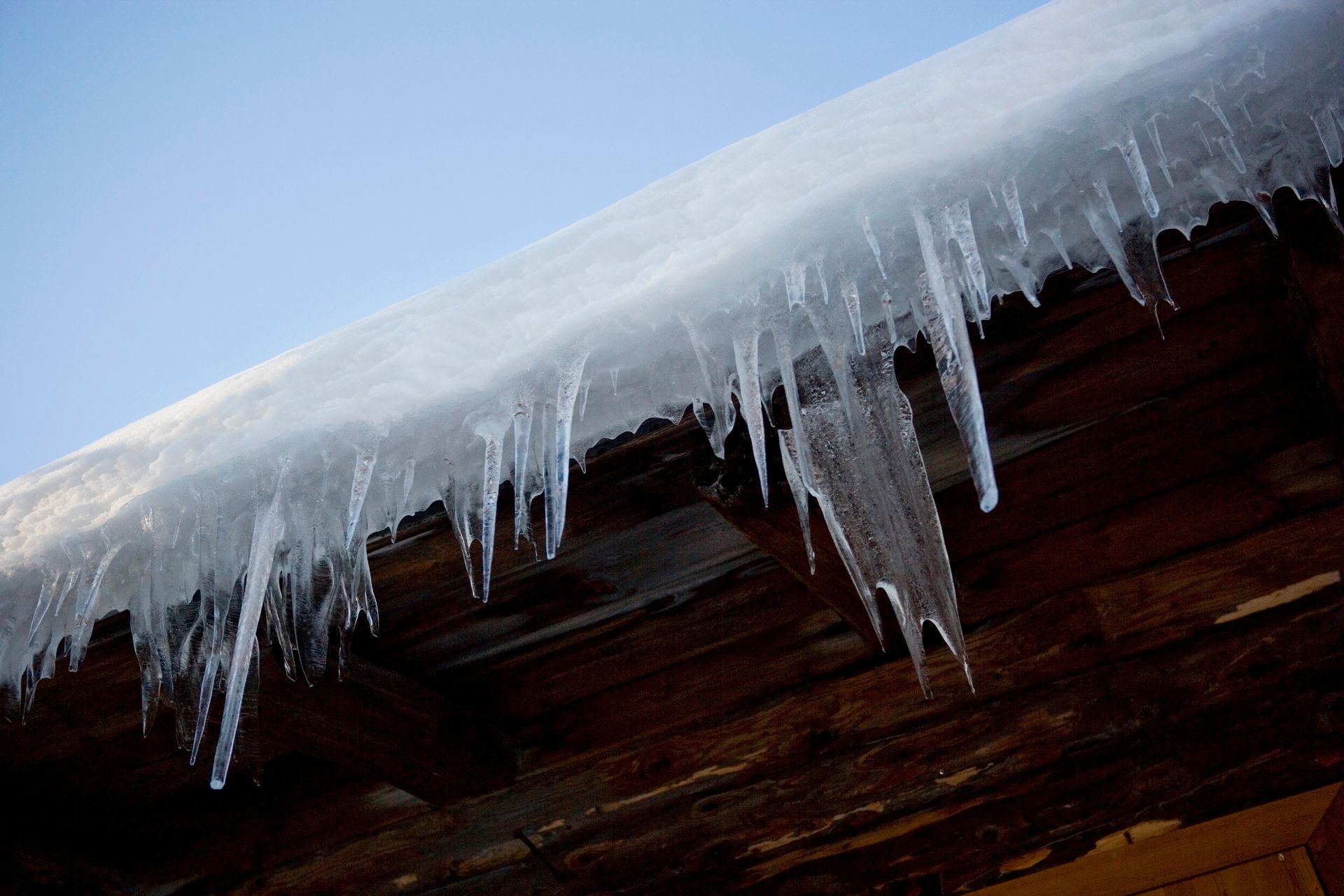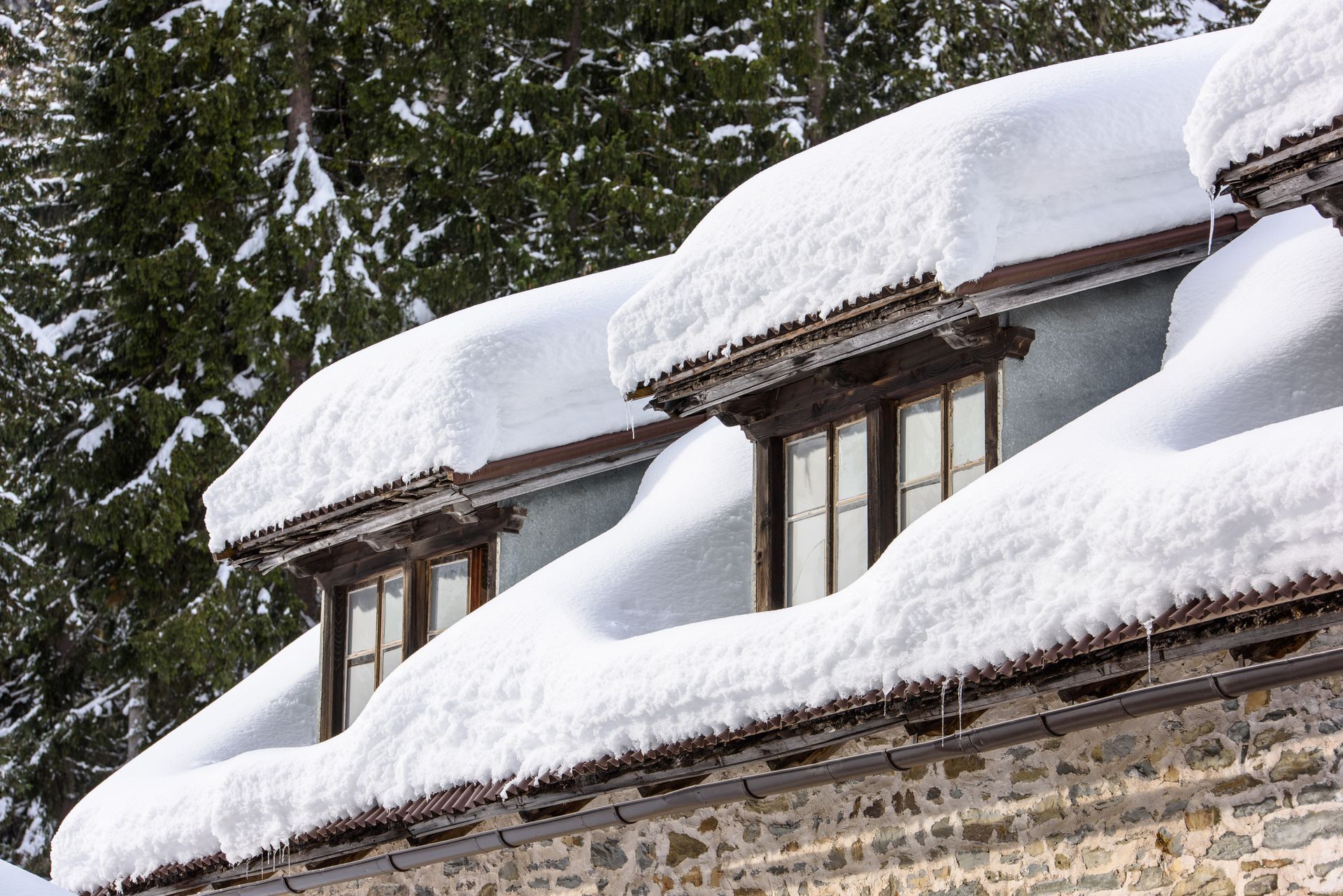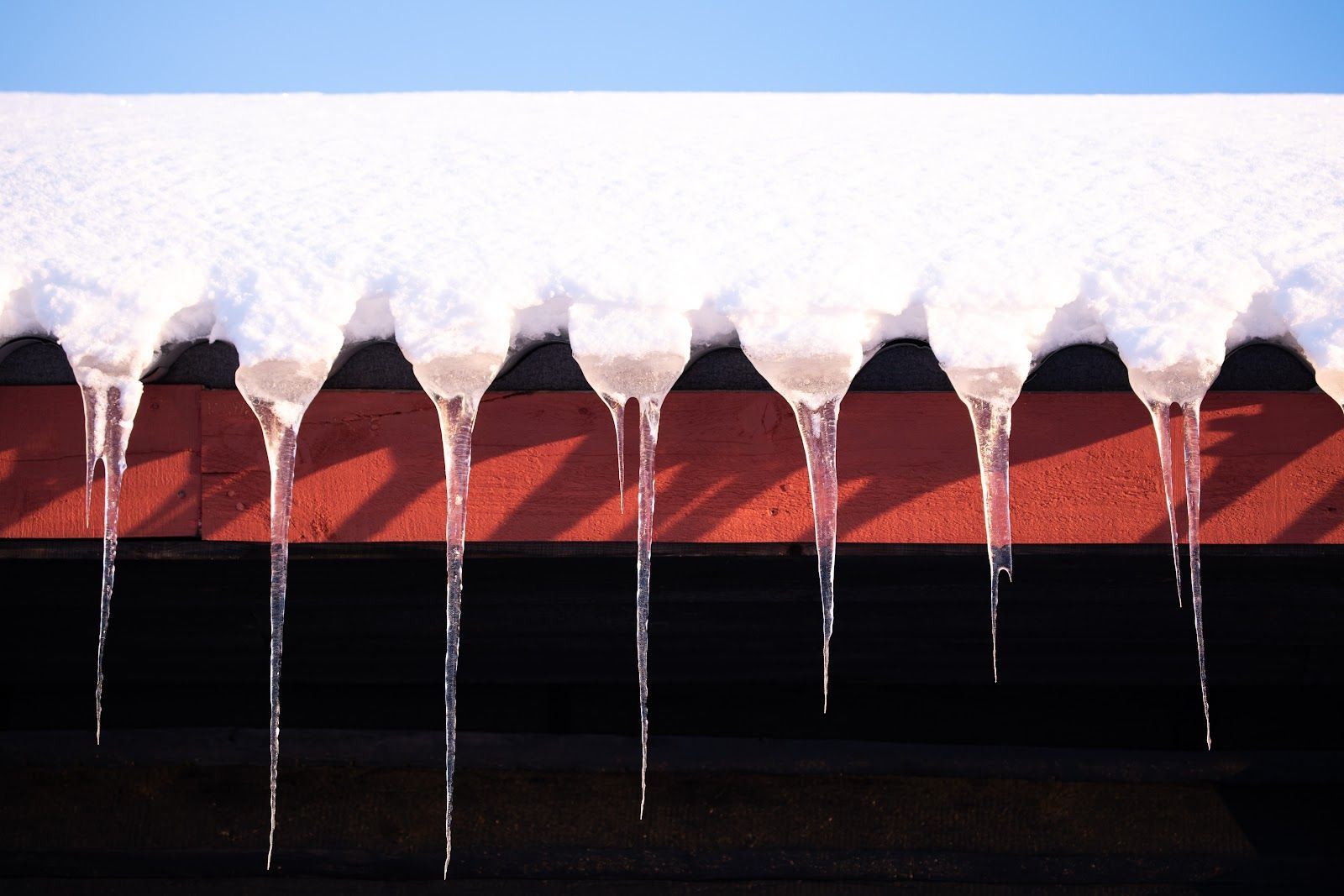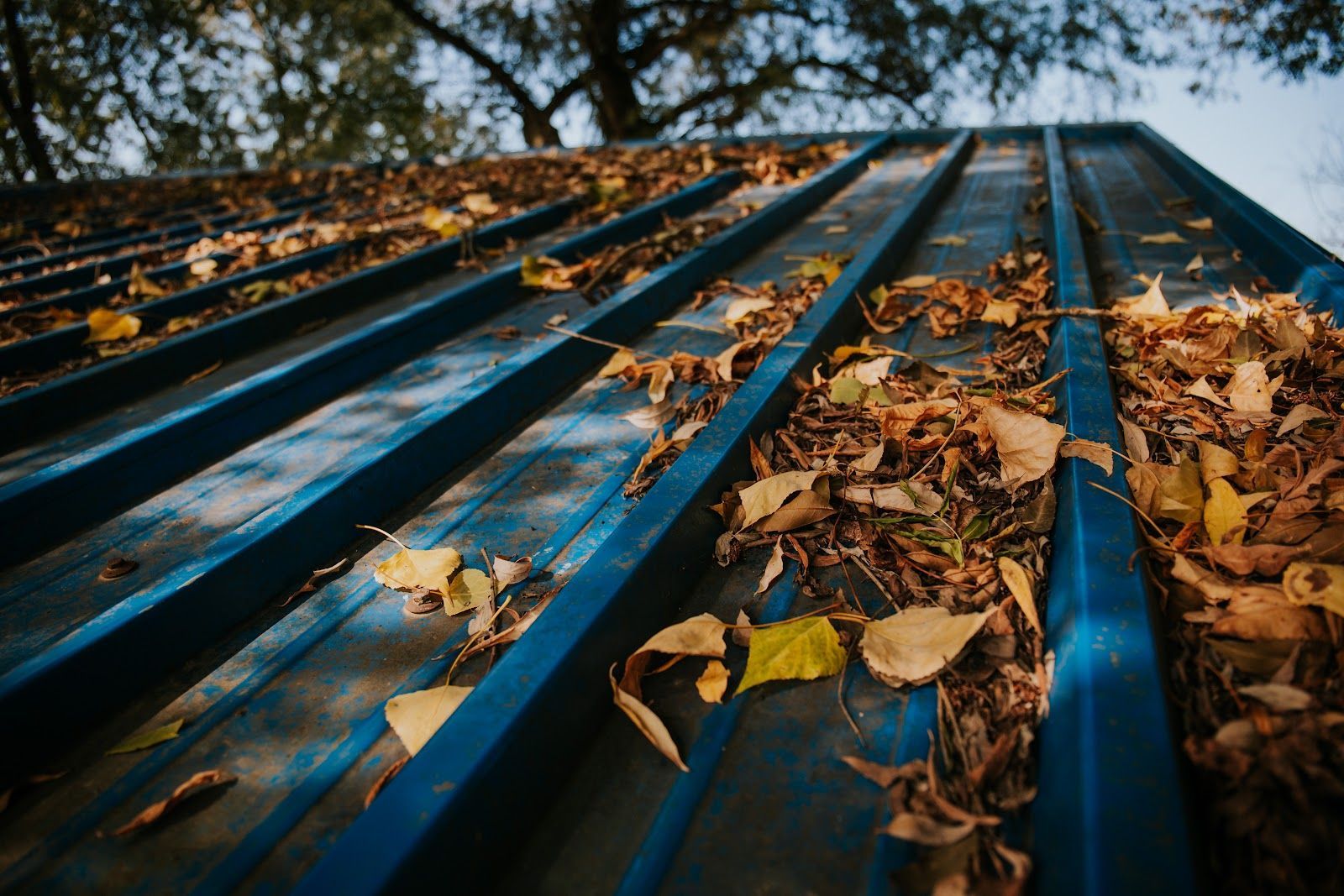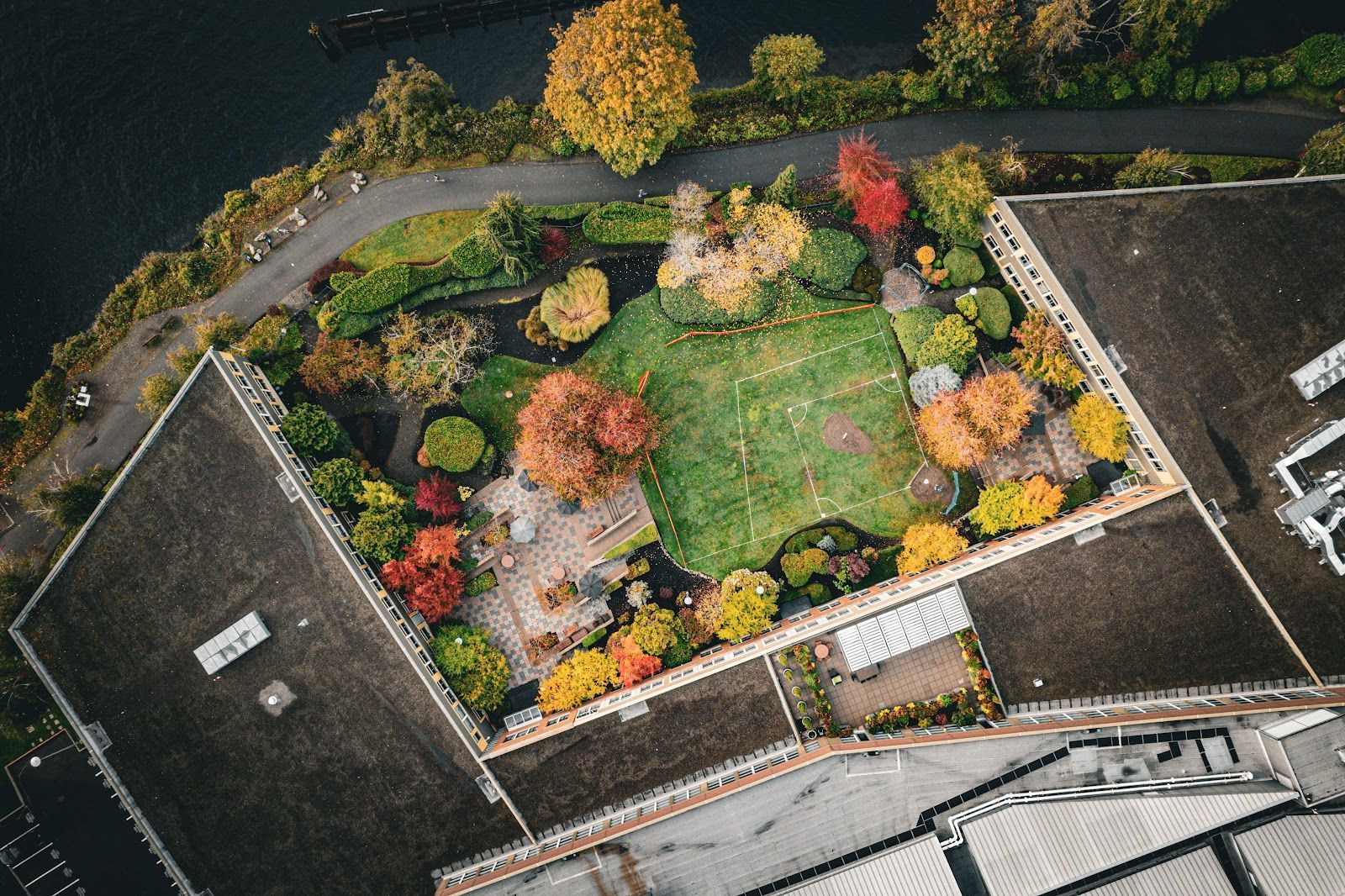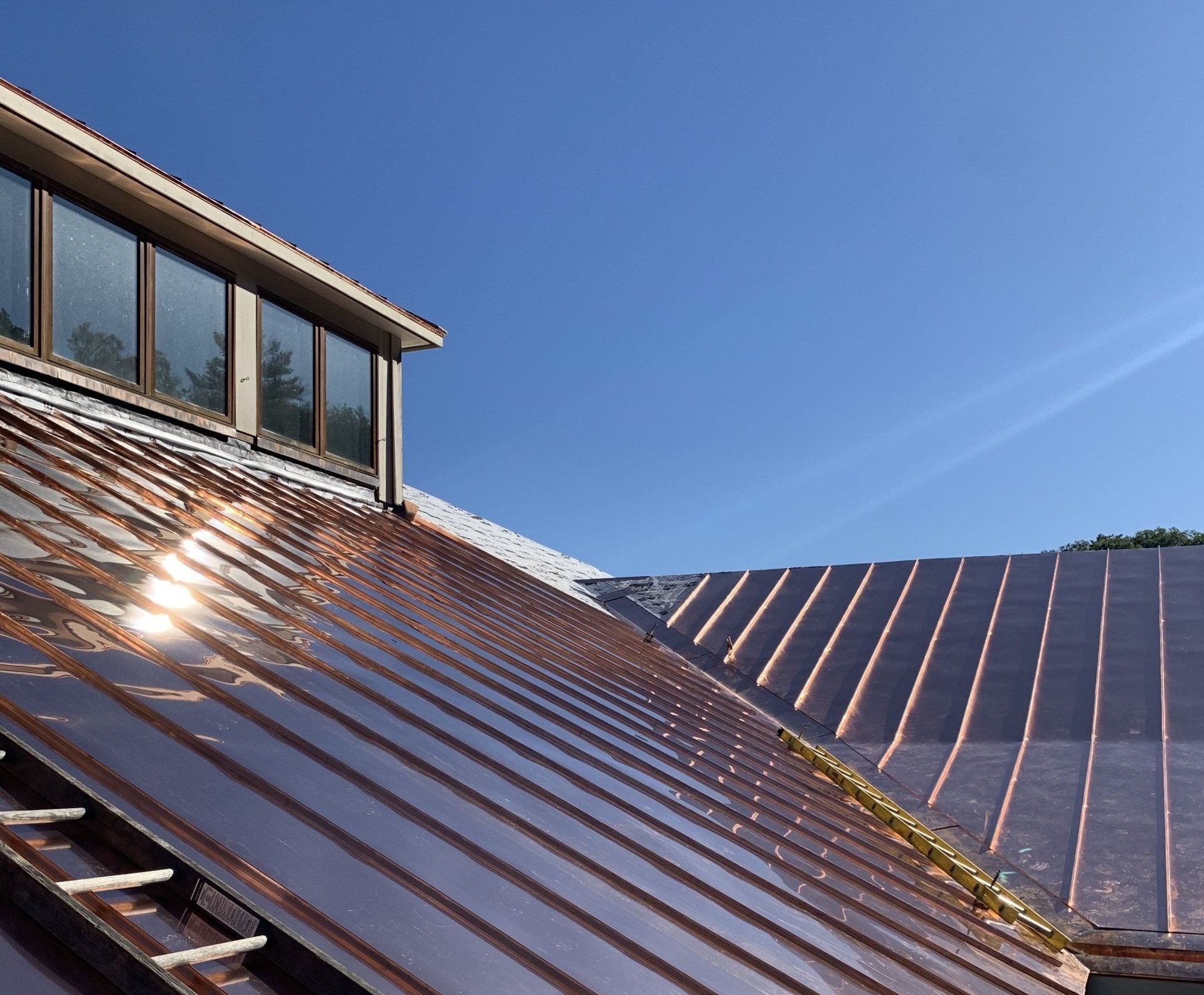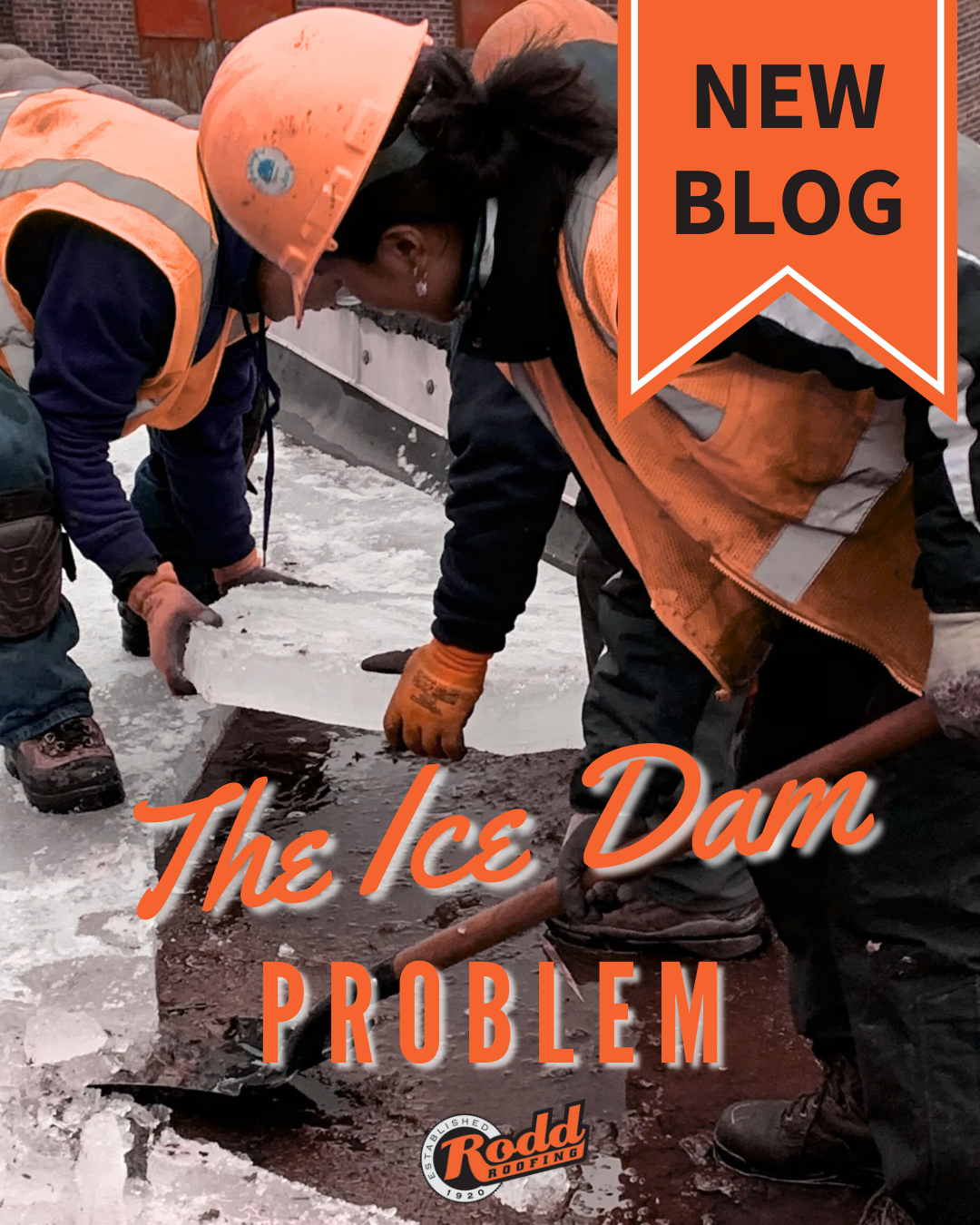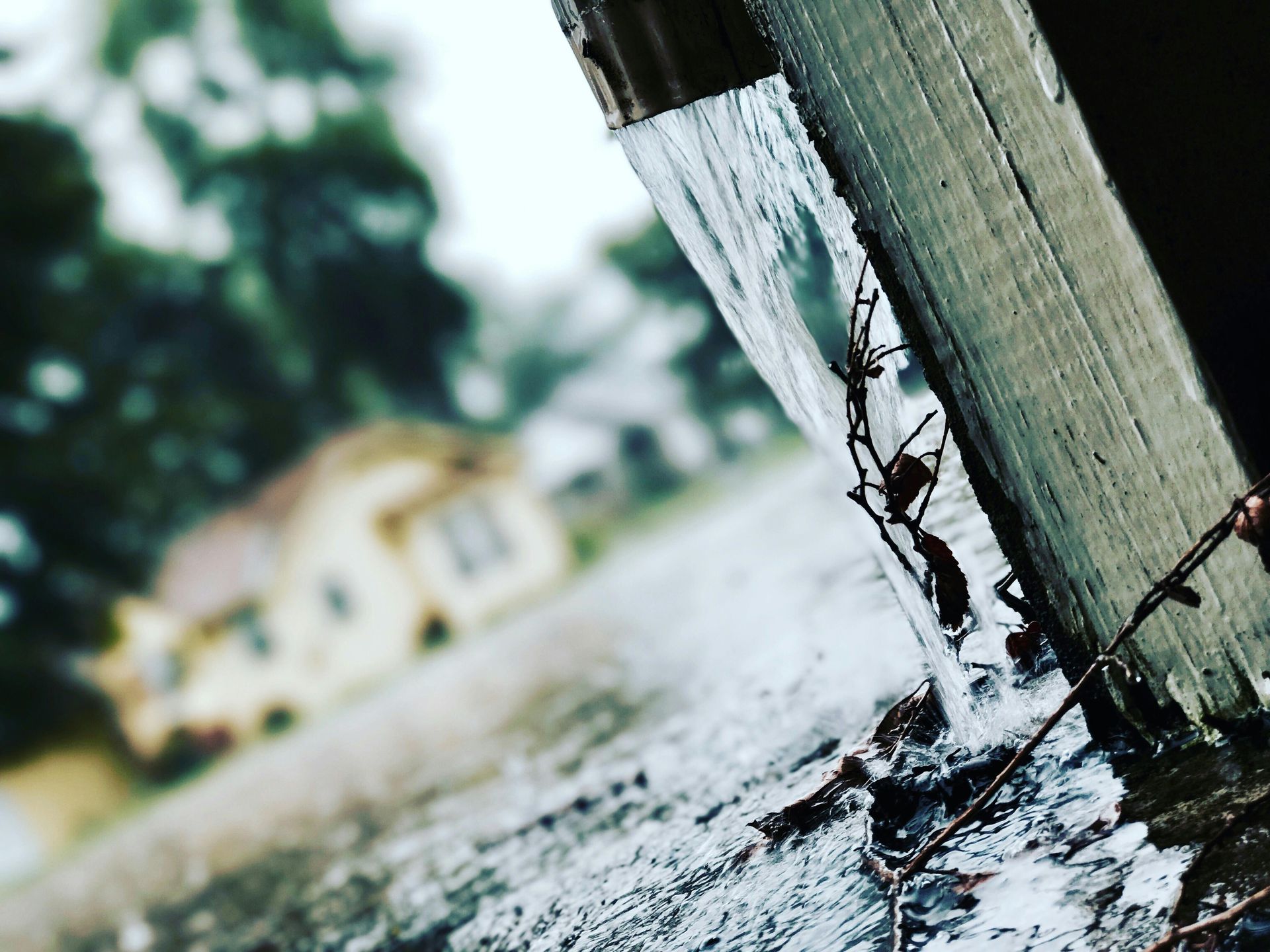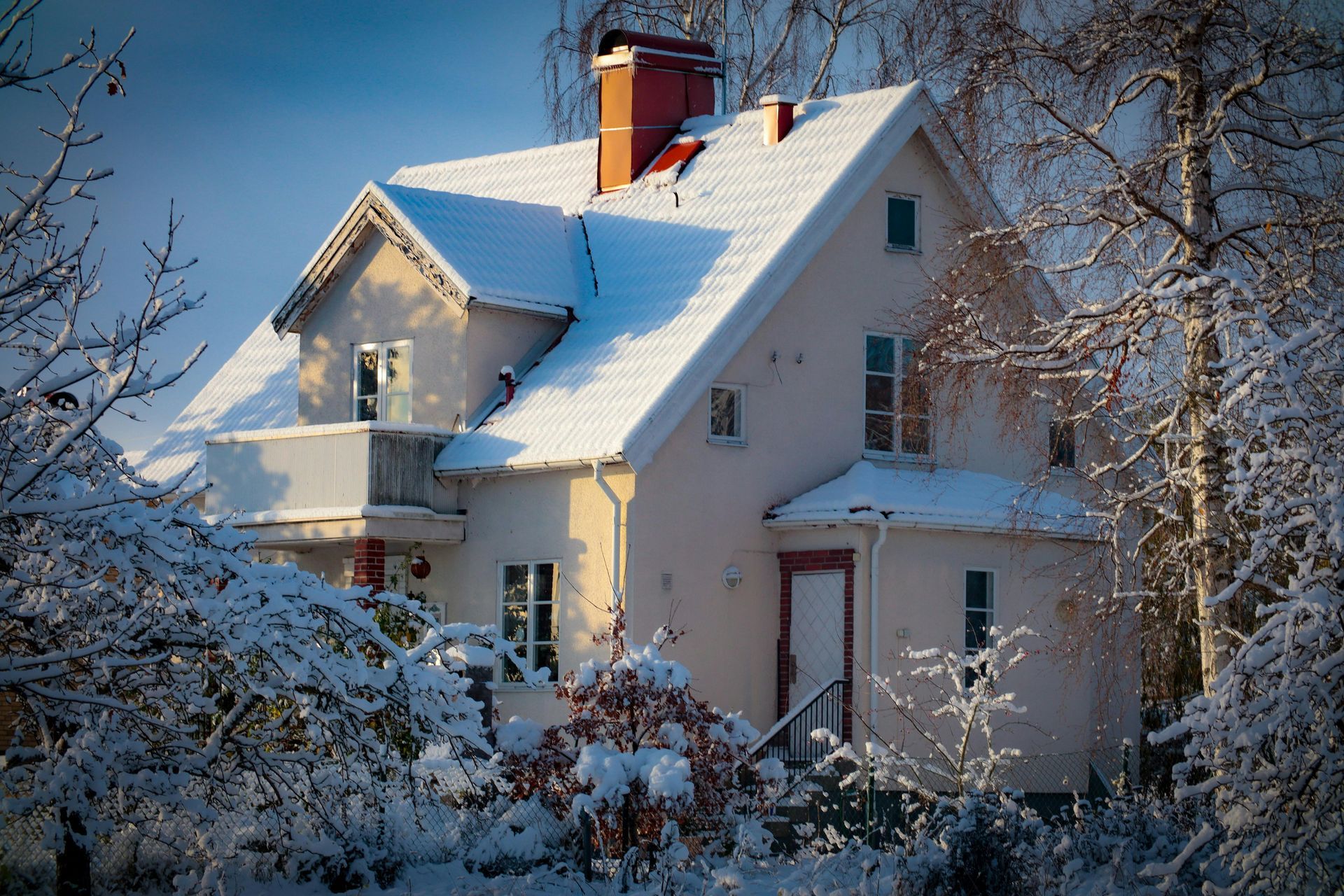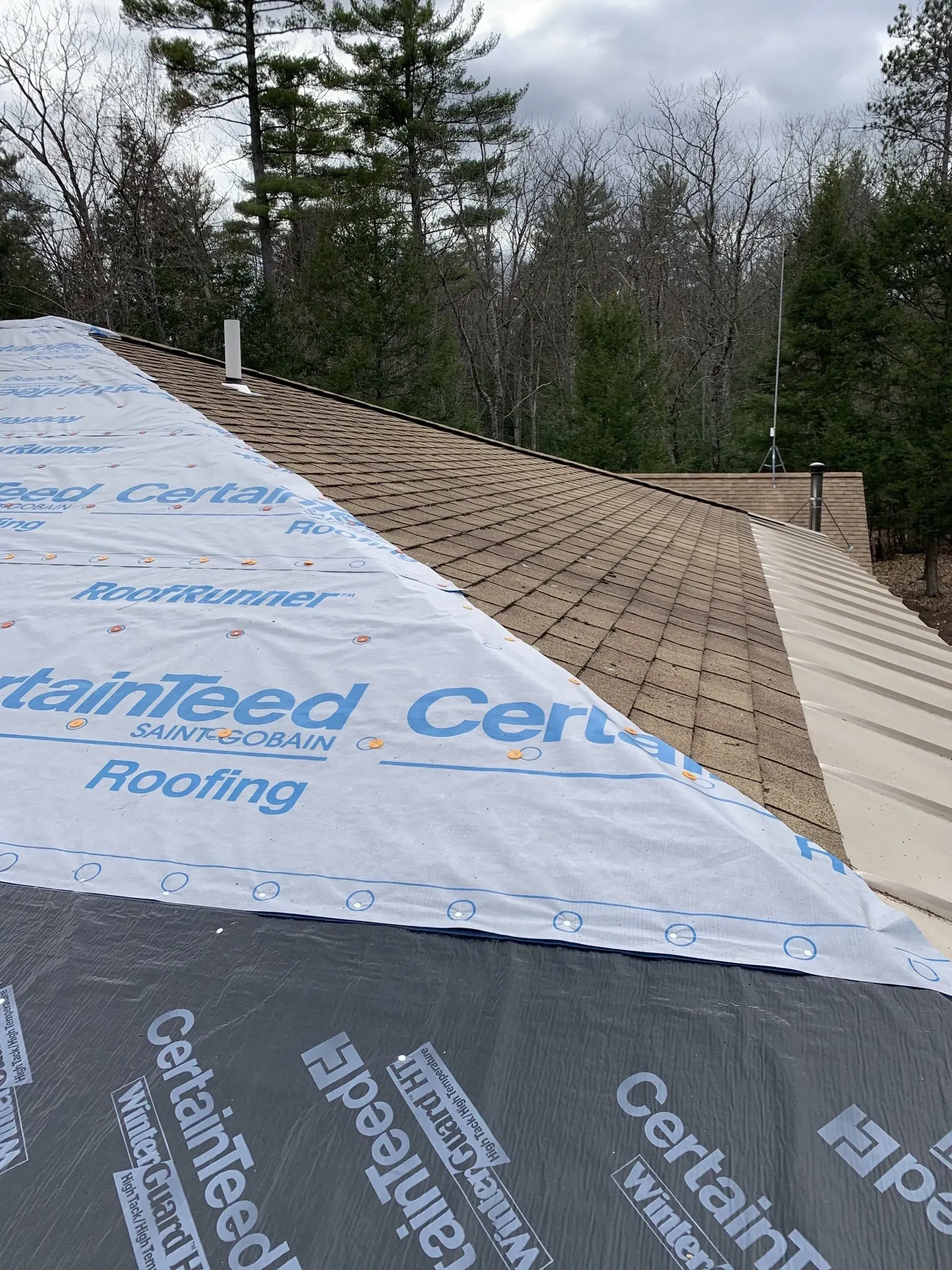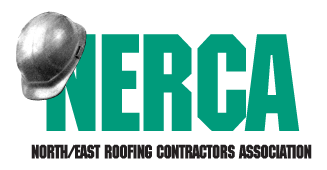Winter-Ready Roofs: How to Stop Small Issues from Becoming Big Repairs
Why Fixing Small Roof Leaks in Fall Prevents Winter Damage
As temperatures drop across Vermont and New Hampshire, building owners and facility managers must prepare their commercial roofs for the demands of winter. Snow loads, ice dams, freeze-thaw cycles, and strong winds can all expose vulnerabilities in your roofing system. The good news? Many costly winter roofing emergencies are avoidable with a few proactive fall repairs.
At Rodd Roofing, we specialize in high-performance commercial roofing systems built to withstand harsh Northeast winters. Here are the key preventive steps that help avoid expensive repairs and extend the life of your roof.
1. Seal Flashing and Penetration Points
Flashing is one of the most common failure points on commercial roofs. Penetrations—like chimneys, skylights, vents, and HVAC units—are especially vulnerable. If flashing is cracked, loose, or improperly sealed, melting snow can infiltrate beneath it. Once inside, the water can freeze, expand, and cause structural damage.
✅ Preventive Action: Schedule a flashing inspection and reseal as needed using cold-weather-rated roofing sealants. Focus on high-risk areas like curbs and mechanical units.
2. Repair Minor Leaks Immediately
A minor leak may seem manageable now, but come winter, it can lead to interior damage, saturated insulation, or ice buildup inside your roofing system. Freeze-thaw cycles amplify the problem.
✅ Preventive Action: Conduct a moisture scan or visual inspection to identify hidden leaks. Address them with compatible materials before temperatures drop below freezing.
3. Secure Loose Shingles or Membrane Edges
The perimeter of your roof is the first area to suffer in high winds or heavy snow. Loose shingles or membrane edges are highly susceptible to wind uplift or tearing during winter storms.
✅ Preventive Action: Inspect and reinforce all edge details. Tighten fasteners, re-weld membrane seams, or replace loose shingles to prevent wind damage.
4. Clear and Inspect Drainage Systems
Clogged drains and gutters can lead to ponding water—especially dangerous in freezing temperatures. Ice buildup from poor drainage adds weight and increases the risk of roof collapse.
✅ Preventive Action: Clean debris from all drains, gutters, and downspouts. Confirm that water flows properly and that drain domes are intact and undamaged.
5. Schedule a Fall Roof Inspection
A comprehensive fall inspection is the best way to catch small issues before they escalate. Rodd Roofing provides full assessments with detailed reports, photos, and repair recommendations tailored to your roof type.
✅ Preventive Action: Schedule your fall roof inspection by mid-October to allow time for repairs before the first freeze.
Don’t Wait for a Roofing Emergency
Winter roof failures can be both dangerous and expensive. Emergency repairs during a snowstorm cost far more than proactive fall maintenance.
Investing in inspections and minor repairs now helps:
- Extend your roof’s service life
- Protect your warranty coverage
- Minimize costly winter disruptions
Rodd Roofing has helped hundreds of commercial clients across Vermont and New Hampshire stay protected through the harshest winters. Let us help you do the same.
✅ Ready to winter-proof your commercial roof?
Contact us today to schedule your fall inspection.
